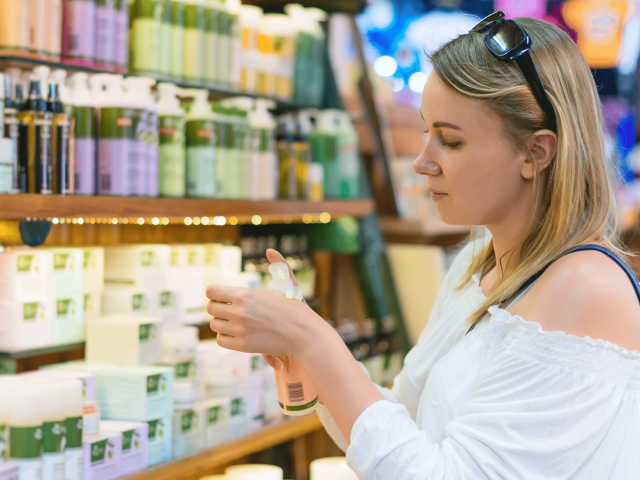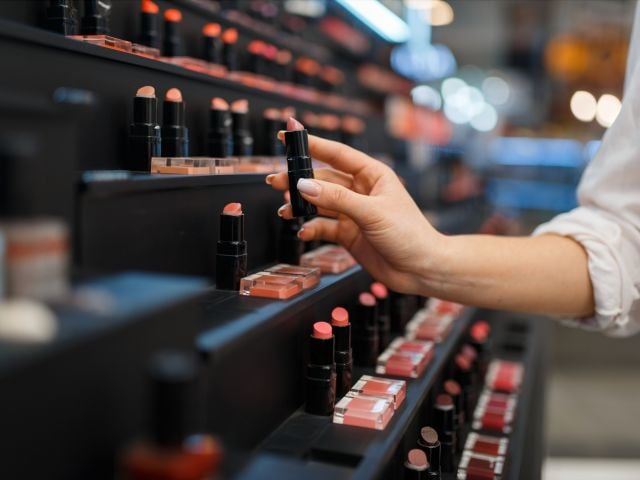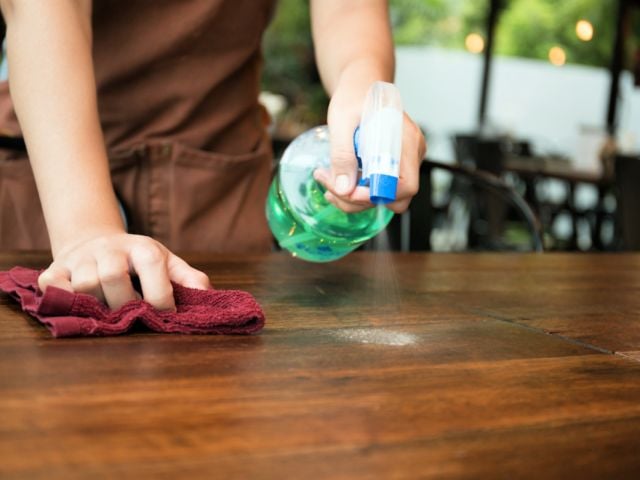WASHINGTON, July 17 – It’s a toxic pesticide that may be in your child’s toothpaste and toys, in your bed, kitchen counters and clothing. It’s supposed to kill germs, but is really no better than soap and water, and could harm your baby’s health.
Triclosan is an antibacterial agent used in many everyday products including liquid hand soap, dishwashing detergent, mattresses, shower curtains, bathtubs, and cutting boards. Federal agencies continue to allow its use despite the fact it may be toxic to the developing fetus and child, and pollutes mothers’ breast milk.
For a study released today, Environmental Working Group (EWG) scientists dug through industry documents, independent studies, and government data, and found no evidence that triclosan’s widespread use gives consumers the increased germ-killing benefits the products promise. Still, it is touted by leading brands like Softsoap, Dial, and Bath & Body Works, and listed on the labels of almost half of 259 hand soaps. EWG’s investigation is at www.ewg.org/reports/triclosan.
“A toxic pesticide linked to serious health problems should not be in our soap or toothpaste,” said EWG Staff Scientist Rebecca Sutton, PhD. “It’s time to ban triclosan from all personal care and household products.”
Triclosan has been linked to cancer in lab animals, has been targeted for removal from some stores in Europe for its health and environmental risks, and the American Medical Association recommends against its use in the home. It is also linked to liver and inhalation toxicity, and low levels of triclosan may disrupt the thyroid hormone system. Thyroid hormones are essential to proper growth and development, particularly for brain growth in utero and during infancy.
Triclosan breaks down into very toxic chemicals, including a form of dioxin; methyl triclosan, which is acutely toxic to aquatic life; and chloroform, a carcinogen formed when triclosan mixes with tap water that has been treated with chlorine. Scientists surveyed 85 U.S. rivers and streams, and found traces of triclosan in more than half.
As required by law, the Environmental Protection Agency is now reviewing health and safety data for triclosan. This is a critical process that could lead to the stringent health and environmental protections needed to reduce exposure to this toxic antimicrobial agent. However, EPA’s draft risk assessment of triclosan raises serious concerns: Plagued with data gaps and inconsistencies, the assessment was crafted to support the status quo.
“The AMA is concerned that antibacterial agents like triclosan may contribute to the serious problem of bacterial resistance to antibiotics. Until these agents have been proven to be beneficial, we should remove them from consumer products” said Dr. Anila Jacob, MD, EWG Senior Scientist. "The widespread use of this pesticide without proven benefit exposes people and the environment to a potentially toxic chemical."
###
EWG is a nonprofit research organization based in Washington, DC that uses the power of information to protect human health and the environment.



